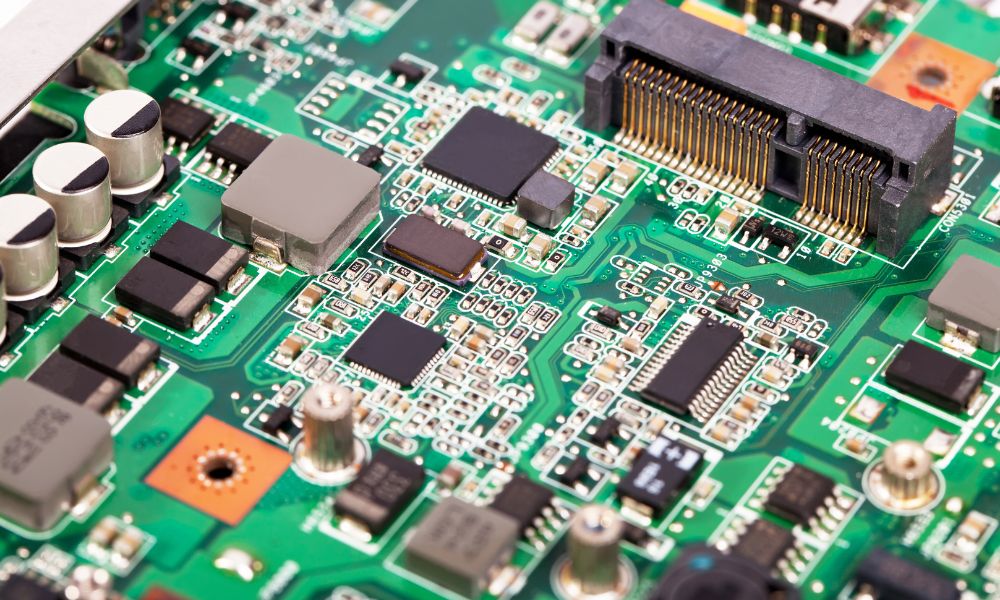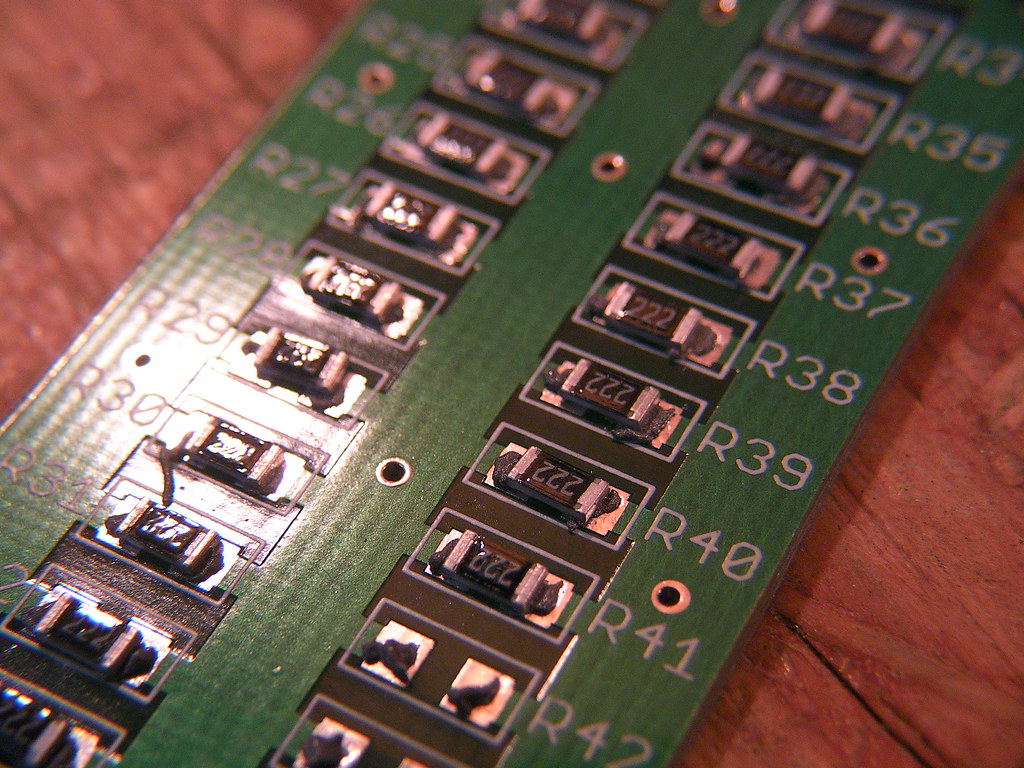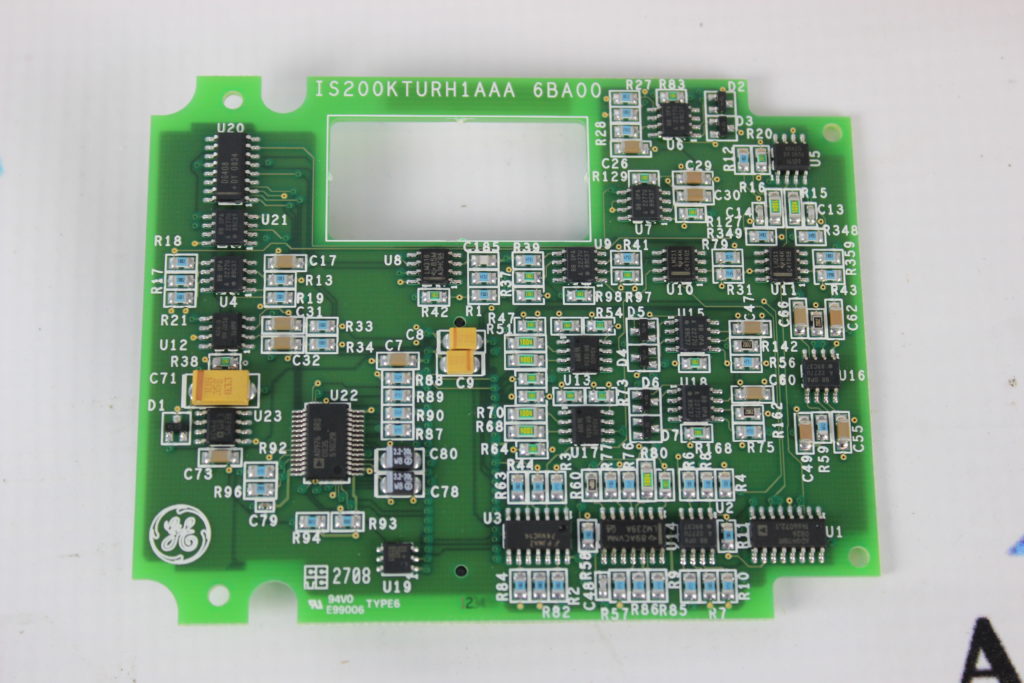If you have a facility that requires a generator excitation system to operate day-to-day performance, it makes sense that you would want to understand more about how these systems work. You’ve come to the right place! Read on and learn how generator excitation systems function and what you need to know about them.
Continue reading “How Do Generator Excitation Systems Function?”How Do Generator Excitation Systems Function?
Have you ever wondered how generator excitation systems function? We’ve got the answers you’re looking for! Read on to find out more about these systems.




You must be logged in to post a comment.